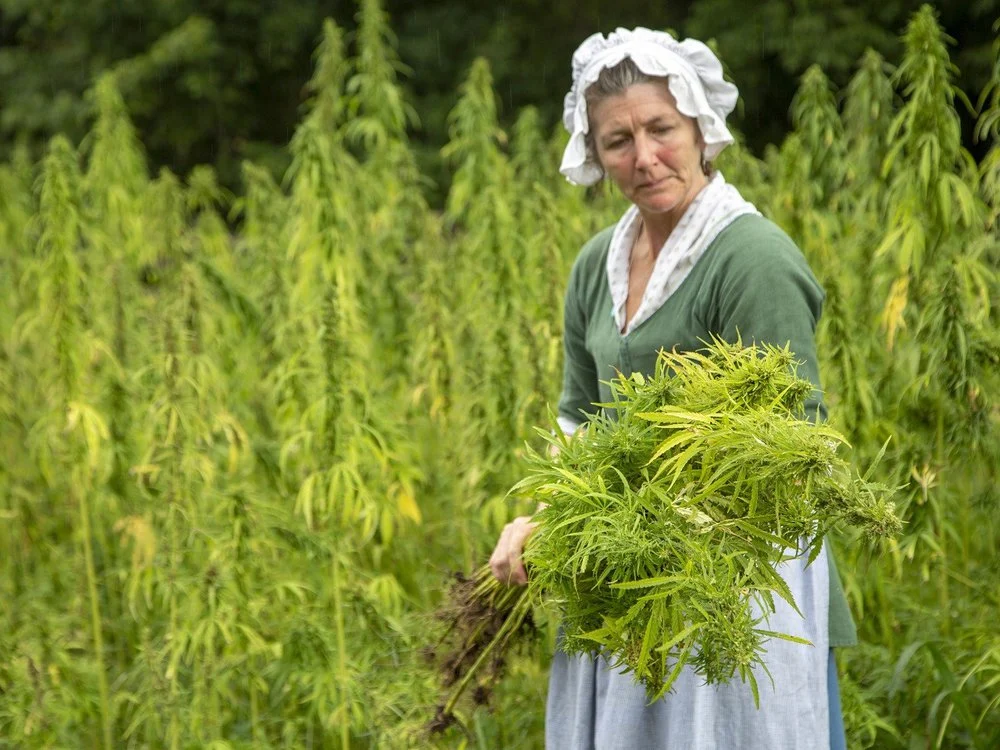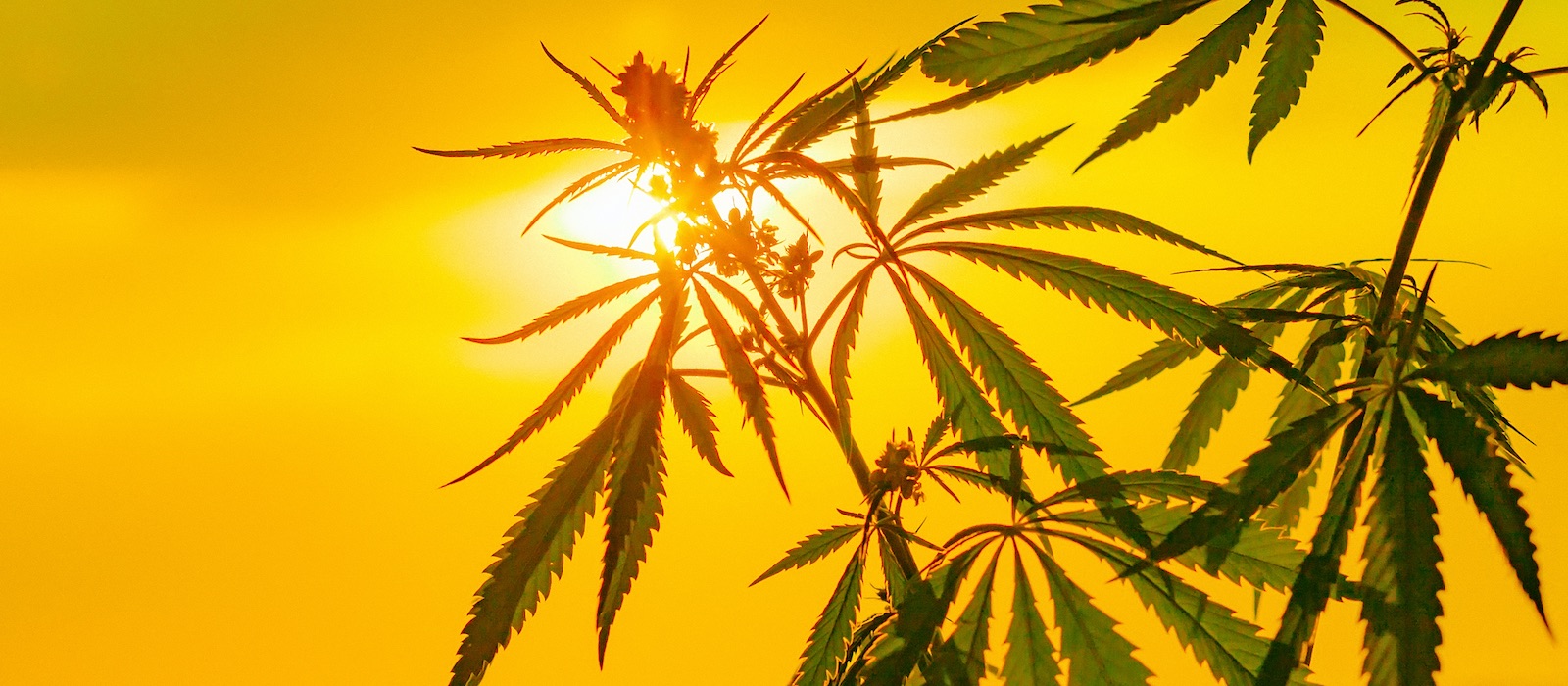HEMP IS RETURNING
Recently, when the inviolability of the world built on oil, nevertheless, was shaken, there is hope that hemp will have a second birth. Albeit very slowly, hemp is regaining its place of honor. Demand for all kinds of hemp products has increased acreage in Europe, with a rapidly growing number of stores selling clothing and other hemp products. Some countries have legalized cannabis as a medicine. We, as always, are lagging behind, but it can be assumed that in the near future we will catch up with the rest of the world.

Currently, the selection of hashish-free varieties of hemp is carried out by several scientific institutions in Russia. Scientists of the Krasnodar Research Institute of Agriculture. Lukyanenko have been breeding new varieties of cannabis that do not contain narcotic substances since the 70s of the last century. Today they work in close contact with the State Drug Control Service, they know nothing about the ban on the cultivation of hemp. In this institute in 1991, the first Russian variety of hempless hemp “Zenitsa” was created.
I note that a variety is considered hashish-free when the content of tetrahydrocannabinol (THC) in its plants does not exceed 0.1%. Such plants, according to the World Health Organization, do not have narcotic activity. Only such varieties are allowed for cultivation in production in Russia. Modern Kuban varieties of hemp have a hash content of only 0.06%. Therefore, drug addicts do not have to worry. Abroad, the concentration of THC in hemp plants is not higher than 0.3%. For comparison, I note that the content of tetrahydrocannabinol in ordinary hemp varieties reaches 2 – 4%.
The media has contributed greatly to creating a negative image of cannabis. At present, even graduates of agricultural universities often do not know why hemp is needed, what is the use of it. Many are convinced that only ropes and ropes can be made from its fiber. Meanwhile, the total number of hemp products now reaches 6,000.
WHAT CAN WE USE HEMP FOR?
First, hemp can be used in the production of fabrics and clothing. Moreover, the fabrics from this raw material are quite durable and are worn much longer. For your information, the first Levi’s jeans were made from hemp fiber. The hemp-derived fabric was used in the nautical industry, as it is the only natural fabric that does not deteriorate when in contact with sea water.
Second: paper production. The first paper in China was made from hemp. And now we are wasting wood, polluting the natural environment with chemicals. Although the production of paper from hemp would be much cheaper and without environmental pollution by pulp and paper mills. The dollar, so beloved by our oligarchs, is also made from hemp.
Third: the production of fuel and plastic. Cannabis stem pulp can be processed into wood alcohol, methane, ethanol and gasoline! Some diesel engines can run on pure hemp oil. And all this is environmentally friendly fuel!
One of the many uses for hemp is in structural materials. The plant can be used in the manufacture of pressed boards or cellulose-based plastics from its pulp. Bioplastics are not new. Back in 1930, Henry Ford made a car body out of them, which, by the way, ran on hemp fuel.
Fourth: the production of building materials, for example, fiberboards, which are stronger and more elastic than wood boards … Surprisingly, it is a fact: one hectare of hemp per year produces 5 – 6 cubic meters of wood, while forest tree species – 2, 7 – 3.2 cu. meters. The difference is obvious. A distinctive feature of hemp is the large accumulation of wood (bonfires) in its stems. Bonfire contains 40 – 48% cellulose, 26% lignin, 22% pentosans and other chemicals.
It can be used for the manufacture of a significant number of different types of materials, for example, fire briquettes, facing tiles (decorative cladding of walls and ceilings), pressed boards (fire mixed with polyethylene industry waste), pressed furniture boards, as well as building materials (gypsum fire blocks, cement fire blocks , bricks, panels, doors, frames and other building structures).
Fifth, hemp can be used for food. Hemp seeds are a very valuable nutritious product containing vegetable fats and proteins. By the way, the seeds do not contain a narcotic substance. From the seeds, many peoples cooked porridge, reminiscent of oatmeal in taste. One handful of hemp seeds contains the daily amount of proteins and fats for an adult. The only competitor in terms of nutrients can only be soy. And yet the quality of protein in hemp seeds is much higher. This culture has saved many peoples during times of famine since ancient times.

From 10 kg of hemp seeds, about 6.5 kg of oilcake are obtained, 1 kg of which is equivalent in nutritional qualities to 2.4 kg of potatoes or 4.9 kg of silage, and in terms of digestible protein content – 2.85 kg of oat grain, 3 kg of barley or 3 .4 kg of corn grain.
Sixth: the manufacture of vegetable oil. Hemp oil can be used as food in the same way as sunflower, olive, rapeseed and other vegetable oils. And, as you know, drying oil, bases for varnishes and paints are made from vegetable oil. Hemp oil is used for the production of medicines and cosmetics.
Seventh: the production of medicines. Cannabis is mentioned in almost all known medical books of the past centuries. Usually it is listed among the universal remedies that treat many diseases. The list of diseases for which the use of “weed” is effective includes (according to modern data): multiple sclerosis, cancer, AIDS, glaucoma, depression, epilepsy, migraine, asthma, severe pain, dystonia, sleep disorders and many less serious diseases.
